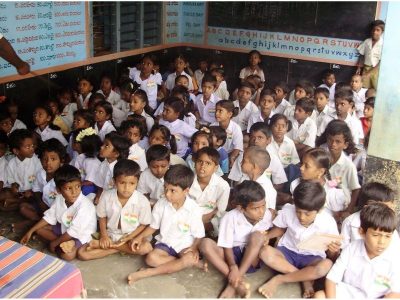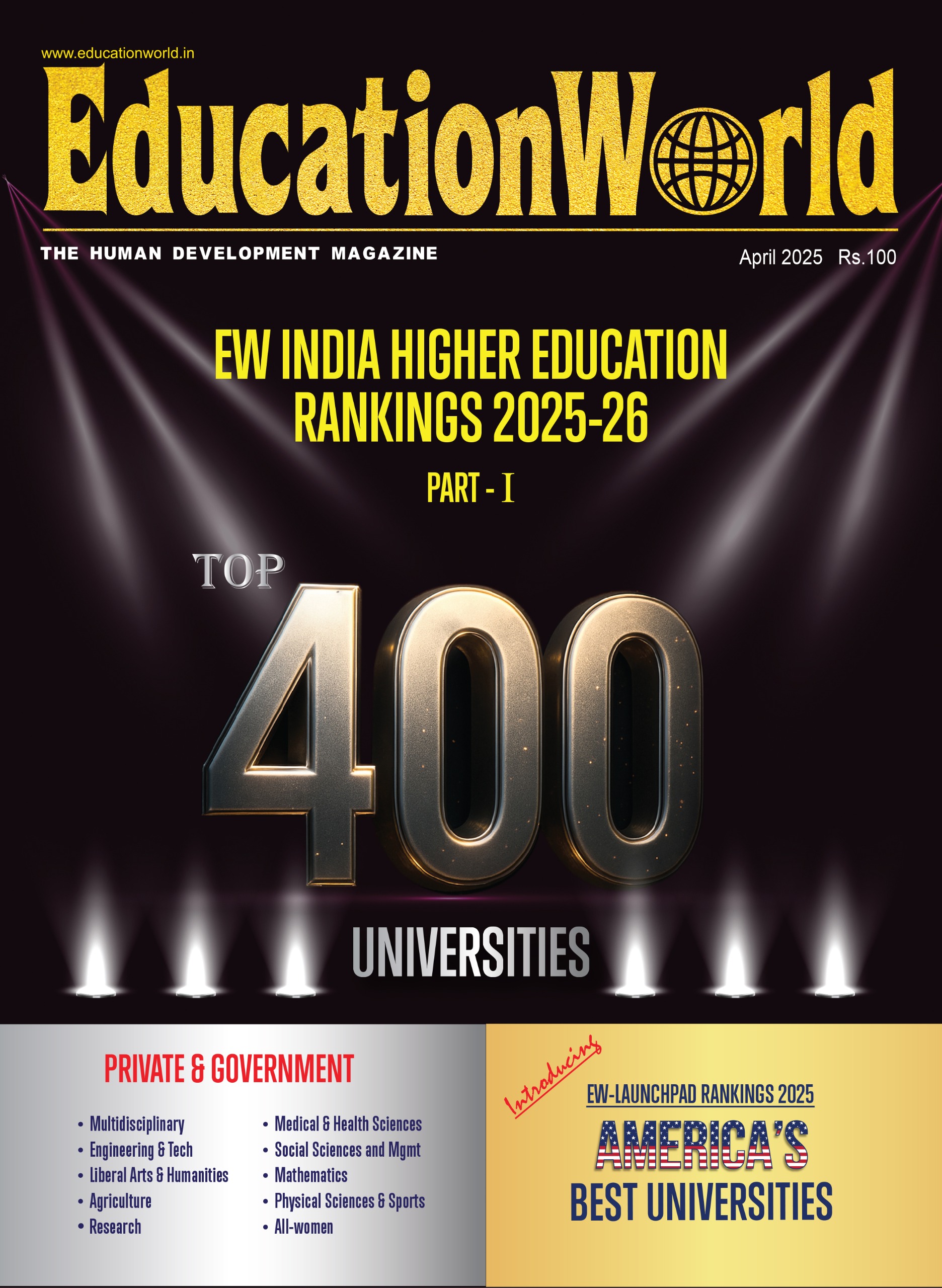
The Right to Free and Compulsory Education Act, 2009 (aka RTE Act) became law on April 1, 2010. But two years on, there’s confusion confounded relating to the implementation of the Act, in particular about giving effect to s.12 (1) (c) which makes it mandatory for all private schools to reserve a 25 percent quota in class I or preschool, if any, for children belonging to weaker section and disadvantaged group in the neighbourhood and provide free and compulsory education till its completion”. The confusion persists despite the Supreme Court upholding this provision on April 12, 2012 in Society for Unaided Private Schools of Rajasthan vs. Union of India (Writ Petition (c) No. 95 of 2010), with questions being raised about who classifies disadvantaged children in the neighbourhood and the quantum of tuition fees reimbursed to private schools by the state government under s.12 (2).
While reading reports about the controversies surrounding s.12 of the RTE Act published in the popular media, some questions have risen in my mind: Even if s.12 (1) (c) is fully implemented in every private school, will it be able to attain its broader equity goals? Will people in our society, including school princi-pals, teachers and support staff welcome poor neighbourhood children into high-end schools which pride themselves upon their exclusivity? Will students from different castes, creeds and economic classes be able to learn with self-respect in private schools?
These questions have been troubling me for some time because a few months ago, I found some students in a government school in urban Bangalore cleaning toilets and kitchens. Through informal interaction, I learned they were from the scheduled castes, and were always assigned such duties in school because of their caste. Although this was well-known to the teachers, principal, parents, students, SDMC members, educational functionaries and the local community, no voices of protest were raised against the discriminatory practice. Worryingly, I have discovered that this practice is pervasive in almost all states of the Union. If teachers tolerate, even encourage such discrimination, what can we expect from students growing up and learning in such institutions?
Discrimination on the basis of caste, creed and socio-economic status is deeply rooted in Indian society. Providing access to private schools for underprivileged children will not eradicate these social evils overnight. But enactment of the RTE Act and s.12 (1) (c) in particular, has ensured that numerous forms of overt and covert discrimination entrenched in Indian society are being questioned, and blatant and iniquitous prejudices challenged. Now that the RTE Act and s.12 (1) (c) have been upheld by the Supreme Court, educationists have to discover ways and means to eliminate caste, class and communal discrimination in the nations classrooms, and provide social and civic education to people who indulge in such practices either out of convention, or intentionally. How best do we attain these objectives given that currently, no structured orientation is available for the stakeholders of a school system which practices social iniquity?
I believe we should begin by focusing on (i) education curriculum revision, (ii) teacher training, and (iii) medium of instruction.
In most private schools, children are from middle and upper middle class households defined by income and parents education. If underprivileged children, many of whom are first generation learners, start attending these schools, how will their teachers manage such mixed classes? Although poor children dont have less intelligence, their social background and contexts differ greatly, and this must be understood by teachers who are obliged to teach them with the help of the same teaching-learning materials and vocabularies. They need to bear in mind that both sets of children may not understand the principles of their subjects through identical examples. Do teachers in private schools have sufficient training to handle socio-economically diverse classes? Do they know how to treat them equally, or how to use appropriate pedagogies to deliver a set curriculum to children from divergent backgrounds and contexts?
Curriculum flexibility, teacher training and sensitisation apart, the medium of instruction might also prove challenging. Private schools tend to teach with English as the medium of communication. Although English is not the mother tongue of the overwhelming majority of Indias children, middle and upper middle classes are exposed to it since childhood. In the circumstances, how will teachers of private schools manage their classrooms without discriminating between the two groups of children? The B.Ed and other teacher training curriculums available in India ignore the need to serve students from differing backgrounds.
Nevertheless, despite its limitations and blindspots the positive aspect of the RTE Act is that it has created widespread awareness about inclusivity in private school education. Most provisions of the Act, including s.12 (1) (c) recommend change within the elementary education system, which was hitherto suffering stagnation. They have provoked overdue thinking about the purpose and future trends of school education in India. But the effectiveness of this legislation is dependent upon all stakeholders working harmoniously to make its recommendations effective.
(Dr. Saswati Paik is an assistant professor at the Azim Premji University, Bangalore)
Read all about RTE:
RTE activist Ambarish Rai passes away


















